
Top Tips to Paint Dogs: Create Stunning Canine Portraits at Home
Master the Art of How to Paint Dogs
Introduction to Dog Portraits
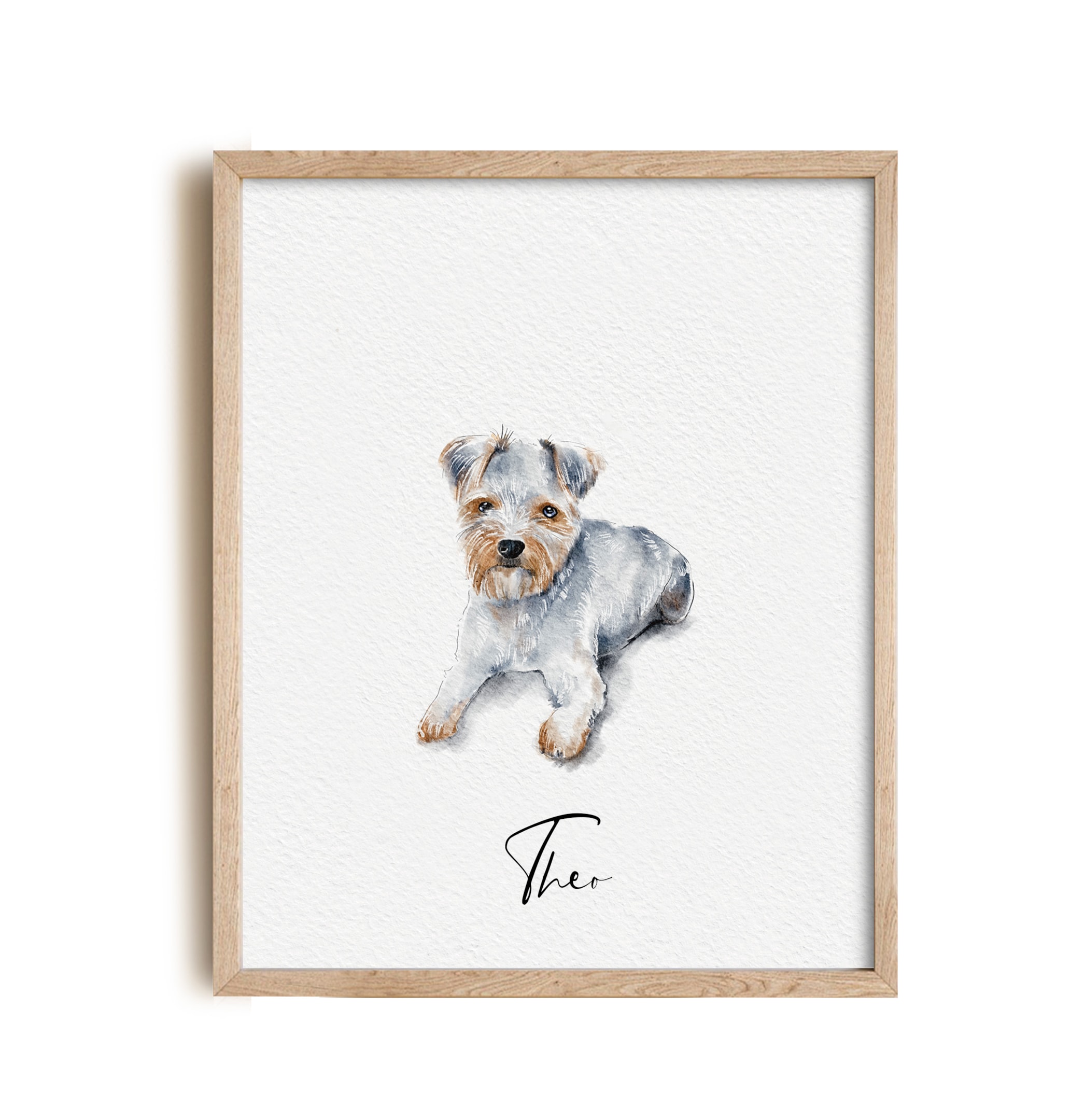
Len to create custom pet portraits of your furry friend with our expert guidance. Discover the joy of painting dogs and capturing their unique personality in a portrait. Get started with our introduction to dog portraits, which serves as a guide to learning the basics of painting a dog. Explore the world of pet portraits and find inspiration for your next painting project, with various ideas for painting dog portraits. Create a beautiful and meaningful portrait of your dog using our tips and techniques.
Understanding Dog Anatomy
Preparing to Paint
Gather reference photos of your dog to help you get started with your painting.
Choose the right materials, including acrylics, watercolor, or mixed media, to bring your portrait to life. The choice of materials may vary depending on the dog's fur length and texture.
Learn about the importance of details and how to capture the essence of your dog’s personality in your painting.
Plan your composition and consider the size and format of your portrait.
Prepare your workspace and get ready to start painting your dog’s portrait.
Check for additional resources and tips on our website.
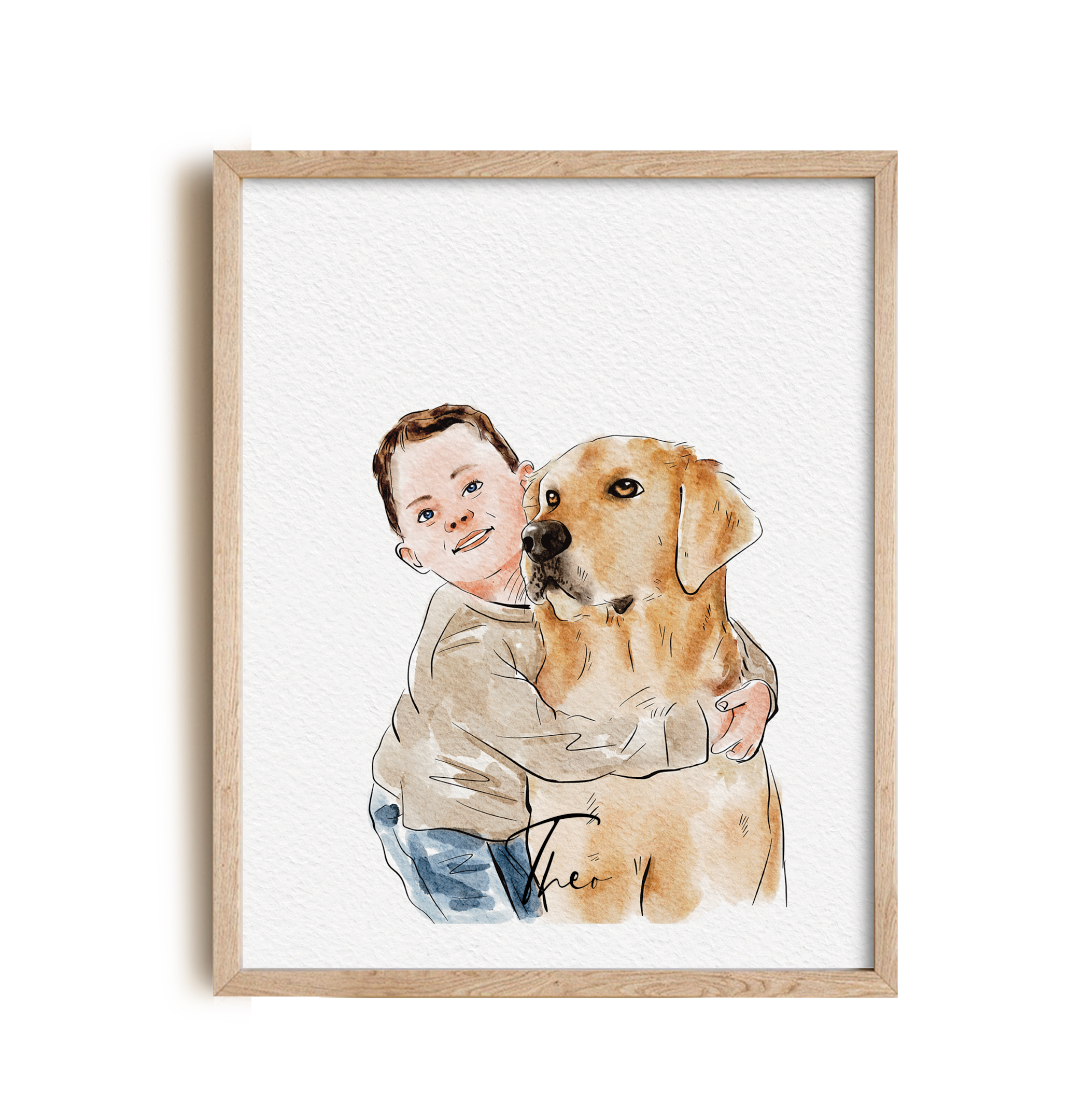
Painting Dog Features
Learn to paint a dog's eye realistically, as it is crucial for conveying expression and character, using our expert tips and techniques.
Discover how to capture the texture and color of your dog’s fur, from short and smooth to long and fluffy.
Get tips on painting a dog's nose accurately, including the shape, size, and color, to achieve a realistic and detailed look.
Practice painting different dog features, such as ears, paws, and tails.
Learn to use acrylic painting techniques to create a realistic and detailed portrait of your dog.
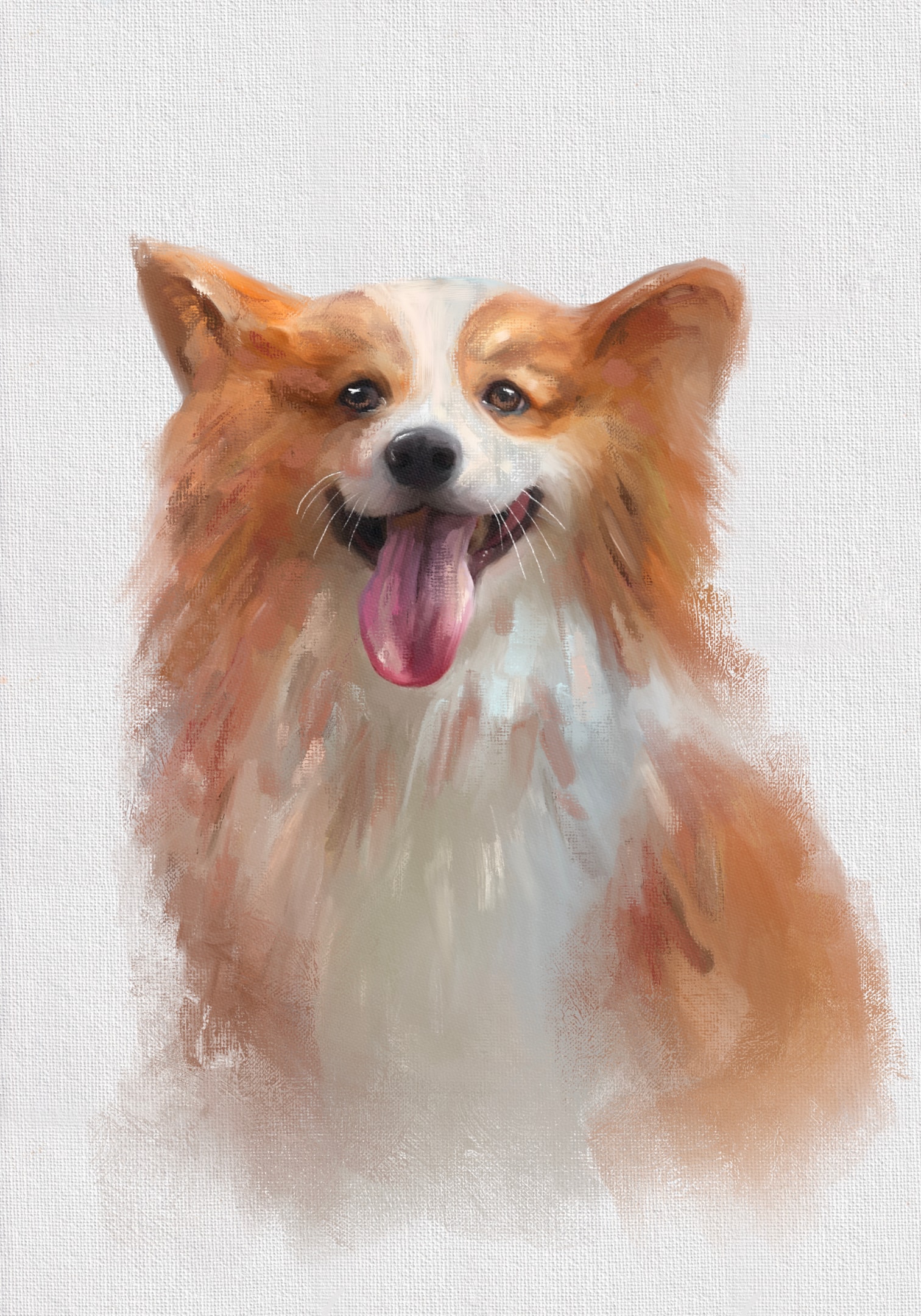
Painting Dog Coats
When painting dog coats, it’s vital to consider the texture, length, and color of the fur to create a realistic and detailed portrait. Different breeds have unique coat characteristics, such as the curly fur of a poodle or the short, smooth coat of a labrador, which require specific painting techniques to capture accurately. To paint a dog’s coat, start by blocking in the basic shape and color, then add layers of detail and texture using a range of brushstrokes and techniques.
For longer coats, use thicker brushstrokes and more textured paint to capture the movement and flow of the fur, while shorter coats require smoother, more delicate brushstrokes. Pay attention to the way the light falls on the dog’s coat, highlighting the areas where the fur is longest or most textured, and use this to create depth and dimension in your painting. By mastering the art of painting dog coats, you’ll be able to create stunning, realistic pet portraits that showcase your furry friend’s unique personality and characteristics.
Experiment with different painting mediums, such as acrylics or watercolor, to find the one that works best for you and your style, and don’t be afraid to try new techniques and approaches to capture the unique texture and appearance of your dog’s coat. Remember to sign your work and share your process with others, whether through videos, tutorials, or social media, to inspire and educate fellow artists and dog enthusiasts.
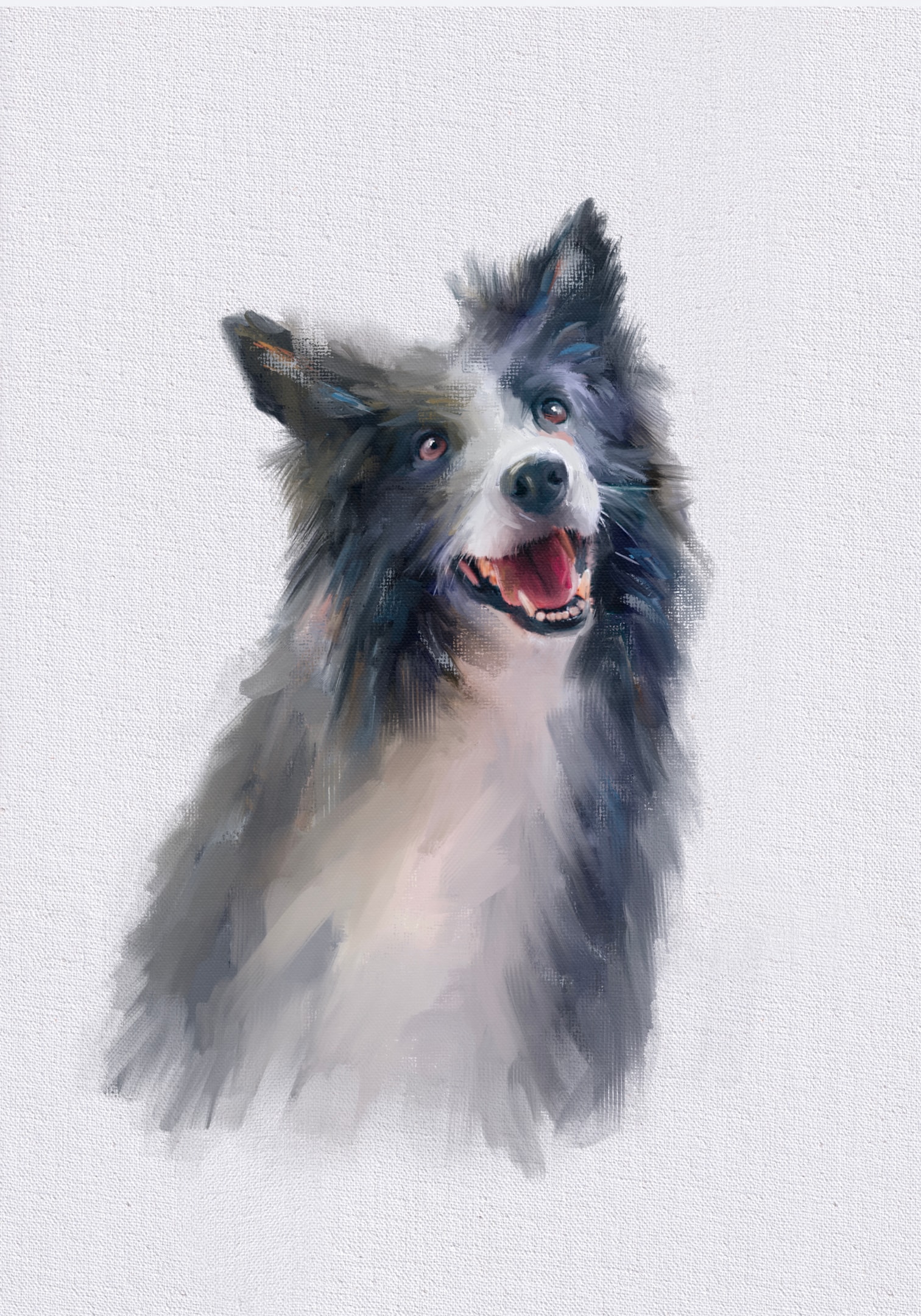
Acrylic Painting Techniques for Dogs
Learn the basics of acrylic painting, including color theory and brushstrokes.
Discover how to use layering and blending to create a realistic and detailed portrait of your dog. Adding reflected colors, such as hints of lilac and blue in white fur or green and blue in black fur, can enhance realism.
Get tips on using texture and pattern to add depth and interest to your painting. Introducing green hues from the environment can add depth to black fur.
Practice using different brushstrokes and techniques to capture the movement and energy of your dog. Using red in your paint mix can enhance copper tones in brown fur.
Learn to use acrylics to create a beautiful and vibrant portrait of your furry friend.
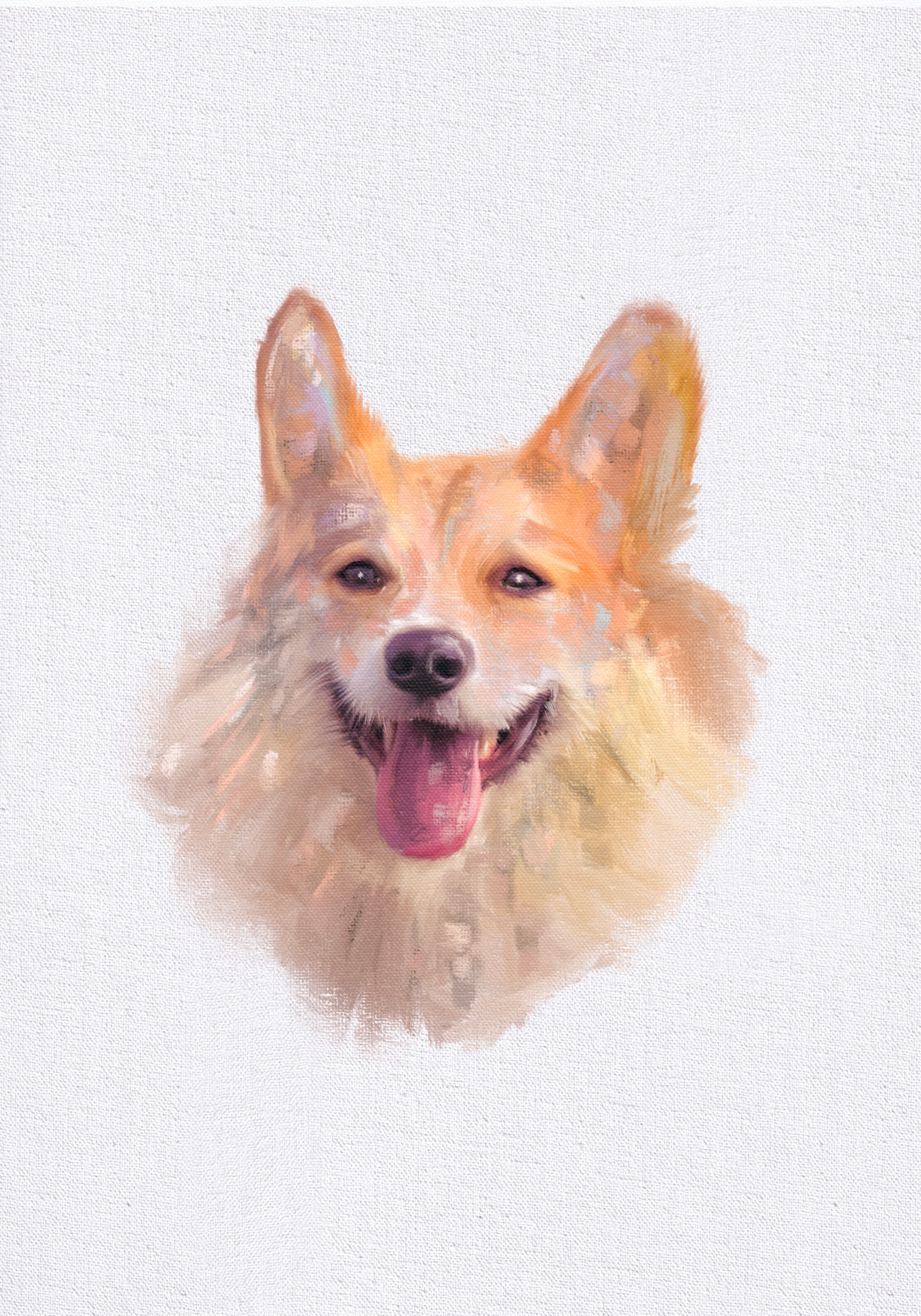
Creating Realistic Textures
To create realistic textures in your dog paintings, it’s essential to study the way different materials and surfaces interact with light and shadow. Observe the texture of a dog’s fur, nose, and tongue, and practice painting these details using a range of techniques and brushstrokes. Use reference photos to help you accurately capture the texture and appearance of different dog breeds and coats, and don’t be afraid to experiment and try new things.
Pay attention to the way the light falls on the dog’s fur, highlighting the areas where the texture is most pronounced, and use this to create depth and dimension in your painting. To add realism to your textures, consider using layering techniques, glazing, or scraffito to build up layers of paint and create a more tactile, three-dimensional effect. By mastering the art of creating realistic textures, you’ll be able to bring your dog paintings to life and create stunning, detailed portraits that showcase your furry friend’s unique personality and characteristics.
Remember to continue learning and practicing, and don’t be afraid to make mistakes or try new approaches – it’s all part of the creative process, and will help you to grow and improve as an artist. Share your work and process with others, and learn from their feedback and critiques, to help you refine your skills and create the best possible pet portraits.
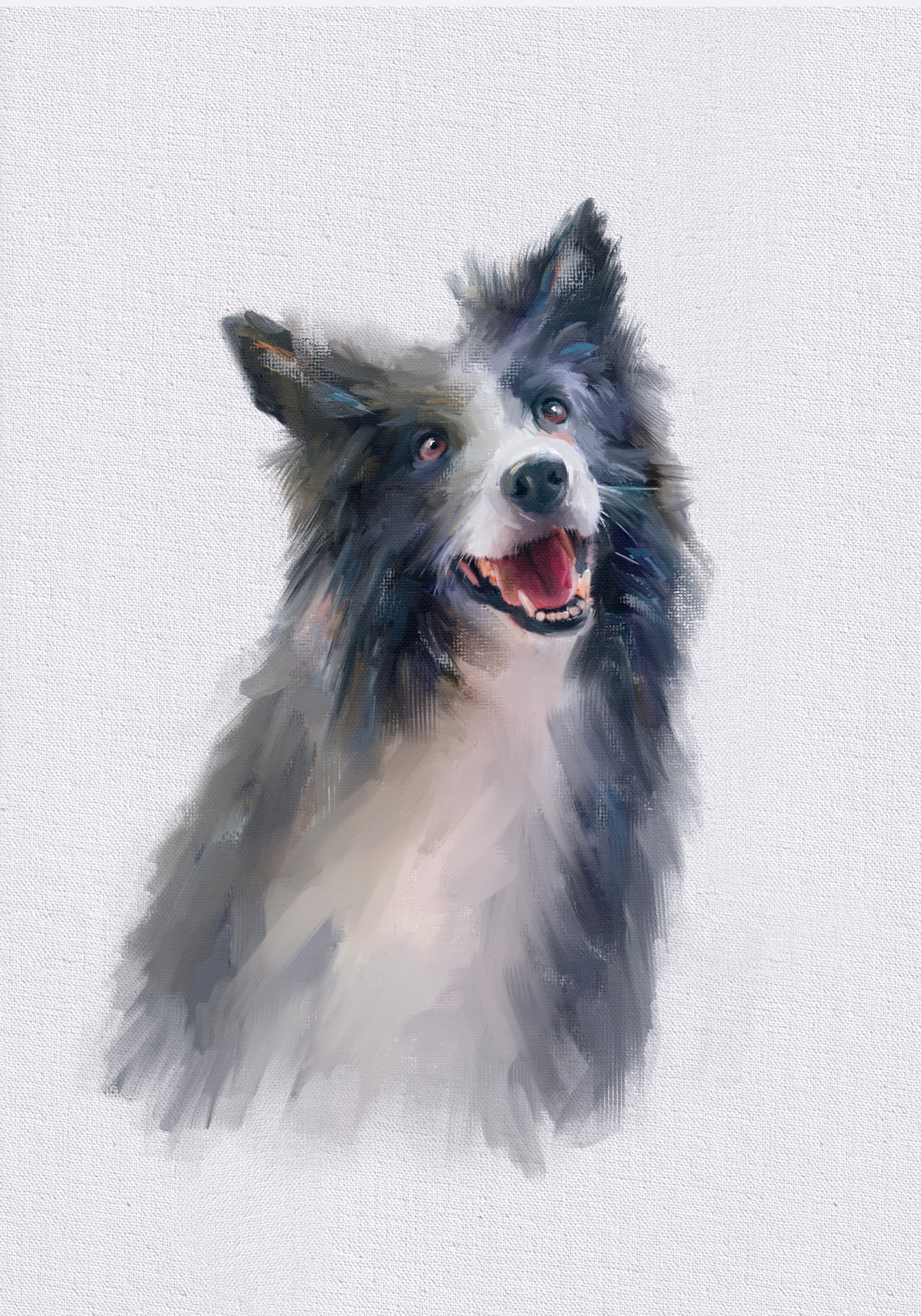
Capturing Expression and Personality
Learn to capture the unique personality and expression of your dog in your painting, ensuring you are happy with the results.
Discover how to use body language and facial expressions to convey emotion and character. A custom pet portrait makes a perfect gift for any pet lover.
Get tips on using color and composition to create a mood and atmosphere in your painting. A custom pet portrait also makes a thoughtful and memorable gift.
Practice using different techniques to capture the spirit and energy of your dog.
Learn to create a portrait that tells a story and captures the essence of your furry friend.
Working with Reference Photos
Learn to use reference photos to help you get started with your painting.
Discover how to choose the right photo and use it to plan your composition.
Get tips on using photo editing software to enhance and manipulate your reference photo.
Practice using different techniques to transfer your reference photo onto your canvas or paper, ensuring you place base colors and shadows effectively.
Learn to use reference photos to create a realistic and detailed portrait of your dog.
Creating Realistic Pet Portraits
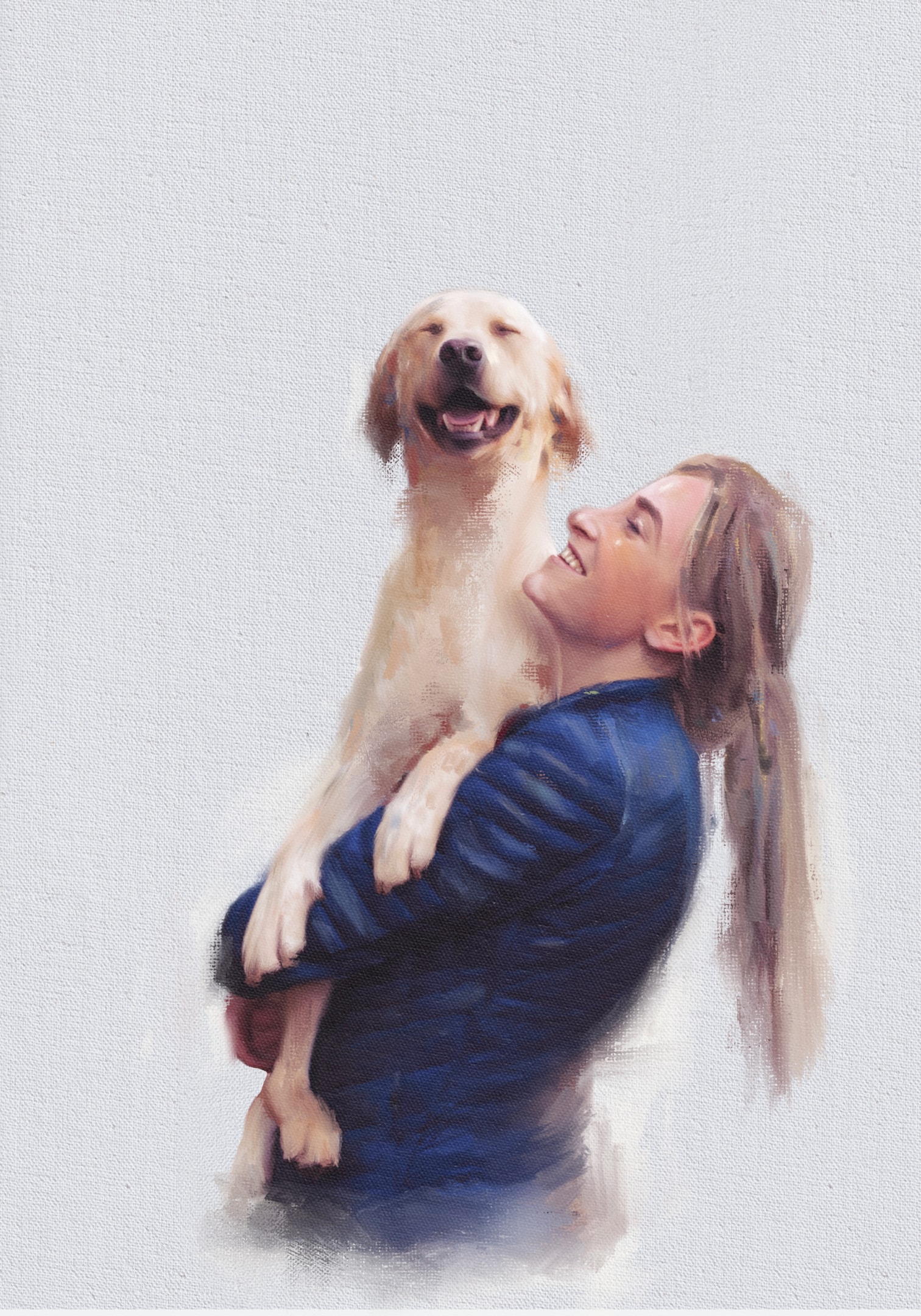
Learn to create realistic pet portraits that capture the essence of your furry friend by following a step-by-step guide.
Discover how to use color, texture, and composition to create a realistic and detailed portrait.
Get tips on using layering and blending to create a realistic and three-dimensional effect.
Practice using different techniques to capture the movement and energy of your dog.
Learn to create a portrait that looks like a real dog, with all the details and characteristics that make your furry friend unique.
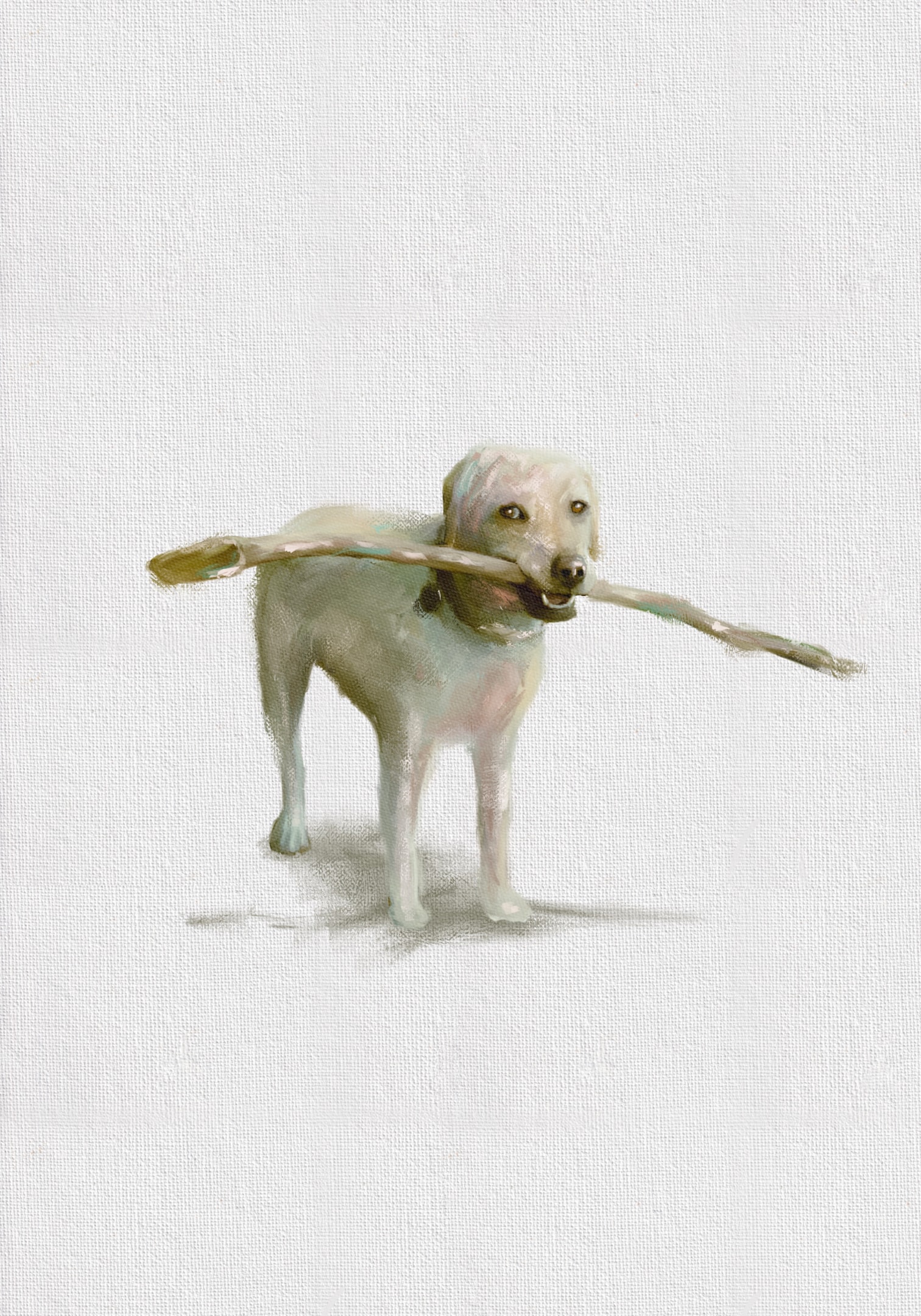
Displaying and Sharing Your Art
Learn to display and share your art with pride, whether it’s in your home or online. Recipients of your custom pet portraits will leave with a cherished, personalized artwork, making the experience memorable and fulfilling.
Discover how to use social media and other platforms to share your portrait with friends and family.
Get tips on using framing and matting to enhance and protect your portrait.
Practice using different techniques to create a beautiful and professional-looking display.
Learn to share your passion for painting with others and enjoy the process of creating and sharing your art.
Conclusion and Next Steps
-
Learn to conclude your painting project with a sense of pride and accomplishment.
-
Discover how to use your skills and techniques to create future portraits and projects.
-
Get tips on using your experience to improve and refine your skills.
-
Practice using different techniques to create new and exciting projects.
-
Learn to continue learning and growing as an artist, with a sense of joy and fulfillment.
